Your Cart is Empty
SHOP KNIVES

Mastering the Fold - A Step-by-Step Guide on How to Close a Pocket Knife Safely
February 10, 2024 6 min read
Embarking on the journey of learning how to close a pocket knife safely is not just about mastering a skill; it's about ensuring safety, preserving the integrity of your tool, and embracing responsibility. This guide will walk you through the steps with simplicity and clarity, ensuring that closing your pocket knife becomes second nature.
Understanding the correct procedure is crucial whether you're a seasoned outdoors enthusiast or just starting out. Let's dive into safely closing your pocket knife, a skill that combines practicality with safety.
How to Close a Pocket Knife? A General Rule of Thumb
For newcomers to the world of pocket knives, understanding how to manage the various locking mechanisms might initially appear daunting. However, the reality is much simpler than it seems. There are only a handful of fundamental lock types to familiarize yourself with before you can confidently handle almost any pocket knife.
Though there are numerous locking systems for knife blades, they all fundamentally rely on blocking the blade's ability to pivot, which is then undone by moving the obstruction. The mechanism to disengage the blade can vary from knife to knife, involving a button, lever, part of the frame, or some other knife component as the release mechanism.
Different Types of Pocket Knives and Their Closing Methods
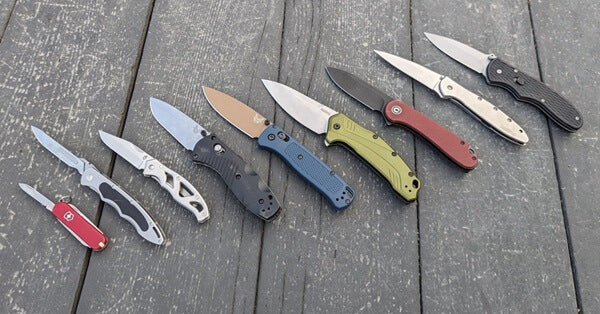
Understanding the locking mechanisms of knives becomes relatively straightforward once you grasp the basics of their operation and what signs to look for, making it possible to quickly gain proficiency in handling them, even for those utterly new to pocket knives.
Folding pocket knives typically feature one of the following lock systems:
- Slip Joint
- Frame Lock
- Liner Lock
- Lockback
- Button Lock
- Axis Lock
- Compression Lock
In the following sections, we will delve into some of the most widely used knife locks, providing detailed instructions on how to close a pocket knife and how each type functions. Let's dive in!
1. How to Close a Slip-joint Pocket Knife?
Closing a slip-joint pocket knife is a straightforward process emphasizing safety and simplicity. Slip-joint knives, known for lacking a locking mechanism, rely on a spring mechanism that holds the blade open but allows it to close with a push.
Here's how you can safely close one:
- Hold the knife firmly in your dominant hand, ensuring the blade points upward and the pivot end faces away from you.
- With your other hand, securely hold the back of the blade, utilizing the nail nick for a better grip, and gently push the blade down towards the handle.
- Apply pressure until the blade completely retracts into the handle, ensuring it's fully closed before storing or carrying the knife.
2. How to Close a Frame Lock Pocket Knife?
Closing a frame lock pocket knife requires a bit of finesse to safely disengage the lock while folding the blade back into its handle. Here's a straightforward approach:
- Grip the knife securely in your dominant hand, ensuring the blade's edge and the pivot are directed away from you.
- With your thumb, gently displace the frame lock to one side of the handle's cavity by pushing or pulling, depending on the knife's design.
- Maintain the frame lock's position with your thumb, and use your index finger to guide the blade back towards the handle until it securely locks into position.
3. How to Close a Liner-lock Pocket Knife?
The liner lock operates similarly to a frame lock, with the primary distinction being the component that secures the blade when it's locked. Unlike a frame lock, where the knife's frame holds the blade in place, a liner lock uses a separate insert within the handle.
Despite being slightly less sturdy than a frame lock, the liner lock is still a common feature in many pocket knives. Here's how to close a pocket knife equipped with a liner lock:
- Hold the knife so the blade can pivot away from your body, using your dominant hand.
- Use the thumb of your dominant hand to gently push the liner to one side, clearing the path for the blade to retract.
- With the liner held aside, carefully fold the blade back into the handle with your index finger.
- After partially closing the blade, release the liner and fold it fully into the handle until you hear or feel it click into place.
4. How to Close a Lock-back Pocket Knife?
The lockback mechanism, Although not as ubiquitous as some locking systems, remains a popular choice for folding hunting knives, decorative pieces, and many other types.
Here are the essential steps to safely close a knife featuring a lockback system:
- Grasp the lockback knife in your dominant hand, ensuring the blade is oriented away from your body.
- Locate the blade release mechanism on the handle's back near the knife's end. It's usually a visible metal piece extending from the knife tang. Press this with your thumb.
- While depressing the blade release, use your other hand to fold the blade back into the handle gently.
- Release the blade release mechanism and fold it into the handle until it securely locks into place with a click.
5. How to Close a Button Lock Knife?
Button lock knives are appreciated for their swift blade deployment, yet it's crucial to be mindful of safety due to the potential for unintended blade release.
Here are the steps to securely and efficiently close a button lock knife:
- Hold the knife with your dominant hand, positioning the handle so the button release is upwards and the blade extends away from you.
- Firmly press down on the handle's button release using the thumb of your dominant hand.
- Keeping the button depressed, use your other hand to fold the blade back into the handle gently.
- After partially closing the blade (about a quarter of the way), let go of the button and finish closing it until you hear or feel a click, indicating it's securely locked inside the handle.
6. How to Close an Axis (Bar) Lock Knife?
Axis lock knives are favored for their seamless and rapid opening and closing mechanism, making them ideal for everyday carry. Here's a guide to safely closing an axis lock knife:
- Grip the knife in your dominant hand, ensuring the blade points away from your body.
- Retract the locking bar on the handle close to where the blade meets the handle using your dominant thumb.
- With the locking bar pulled back, use your other hand to initiate the folding of the knife blade.
- After the blade is partially closed (about a quarter), let go of the locking bar and continue folding the knife back into the handle until it securely locks with a click.
7. How to Close the Compression Lock Pocket Knife?
Compression lock knives are highly regarded for their robust and reliable locking mechanism, offering quick and safe operation for both opening and closing.
Here's how to close a compression lock knife carefully:
- Hold the knife with your dominant hand, with the blade extending away from you.
- Locate the compression lock on the handle's spine near the blade's end. Press it inward using your thumb or finger, depending on the knife's design.
- While maintaining pressure on the compression lock, use your other hand to fold the blade back into the handle.
- You can release the compression lock when the blade is partially folded (approximately a quarter of the way). Continue to carefully fold the blade until it fully retracts into the handle, and you hear or feel a click, indicating it is securely locked in place.
8. How to Close a Husky Pocket Knife?
To close a Husky pocket knife without a button:
- Hold the knife firmly in your dominant hand, with the blade facing away.
- Identify the lock mechanism (usually a liner lock or a lockback mechanism near the blade's base).
- Push the liner to the side with your thumb if it's a liner lock. Press the release lever on the handle's spine for a look back.
- Carefully fold the blade into the handle until it snaps securely into place.
How to Close a Pocket Knife with No Button?
To close a pocket knife without a button:
- Grip the knife handle with your dominant hand, ensuring the blade faces away from you.
- Locate the locking mechanism (e.g., liner lock, lockback), securing the blade in the open position.
- push the metal liner to the side for a liner lock. For a look back, press the lever on the knife's spine.
- Carefully fold the blade into the handle until it clicks shut, ensuring your fingers are clear of the closing path.
Conclusion
In conclusion, mastering the safe closure of pocket knives, regardless of the locking mechanism, is essential for both safety and functionality. You ensure your knife's safety and longevity by understanding the specific steps for different locks—slip joints, frame locks, liner locks, lockbacks, button locks, axis locks, or compression locks.
Related Articles
- 7 Hottest Techniques and Tricks for Mastering the Flip Knife
- Unveiling the Top Razor Knife Picks for Everyday Carry
- A Comprehensive Guide to the Best Karambit Knives of 2024
Subscribe
Sign up to get the latest on sales, new releases and more …

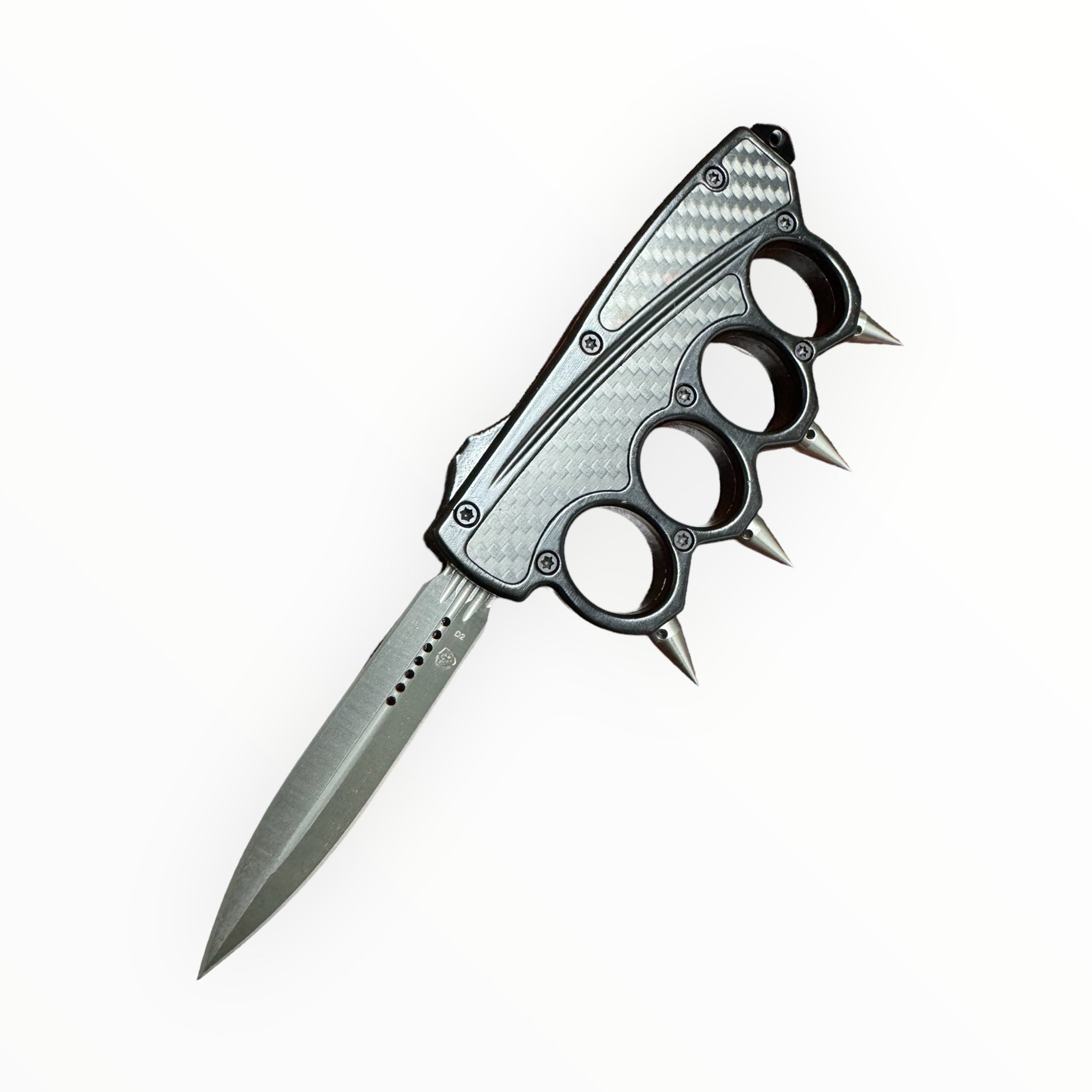 B/Knuckles
B/Knuckles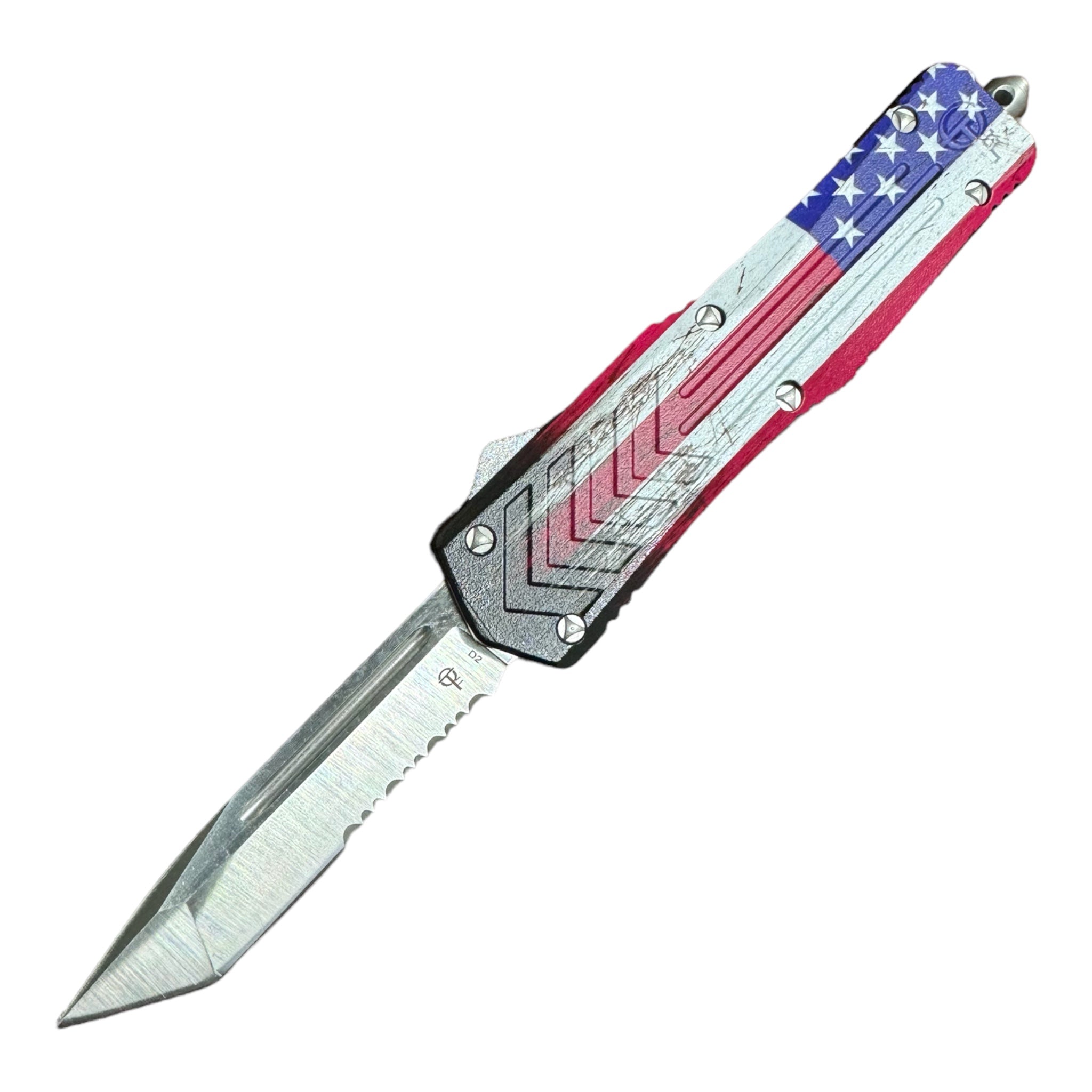 Custom Ranger
Custom Ranger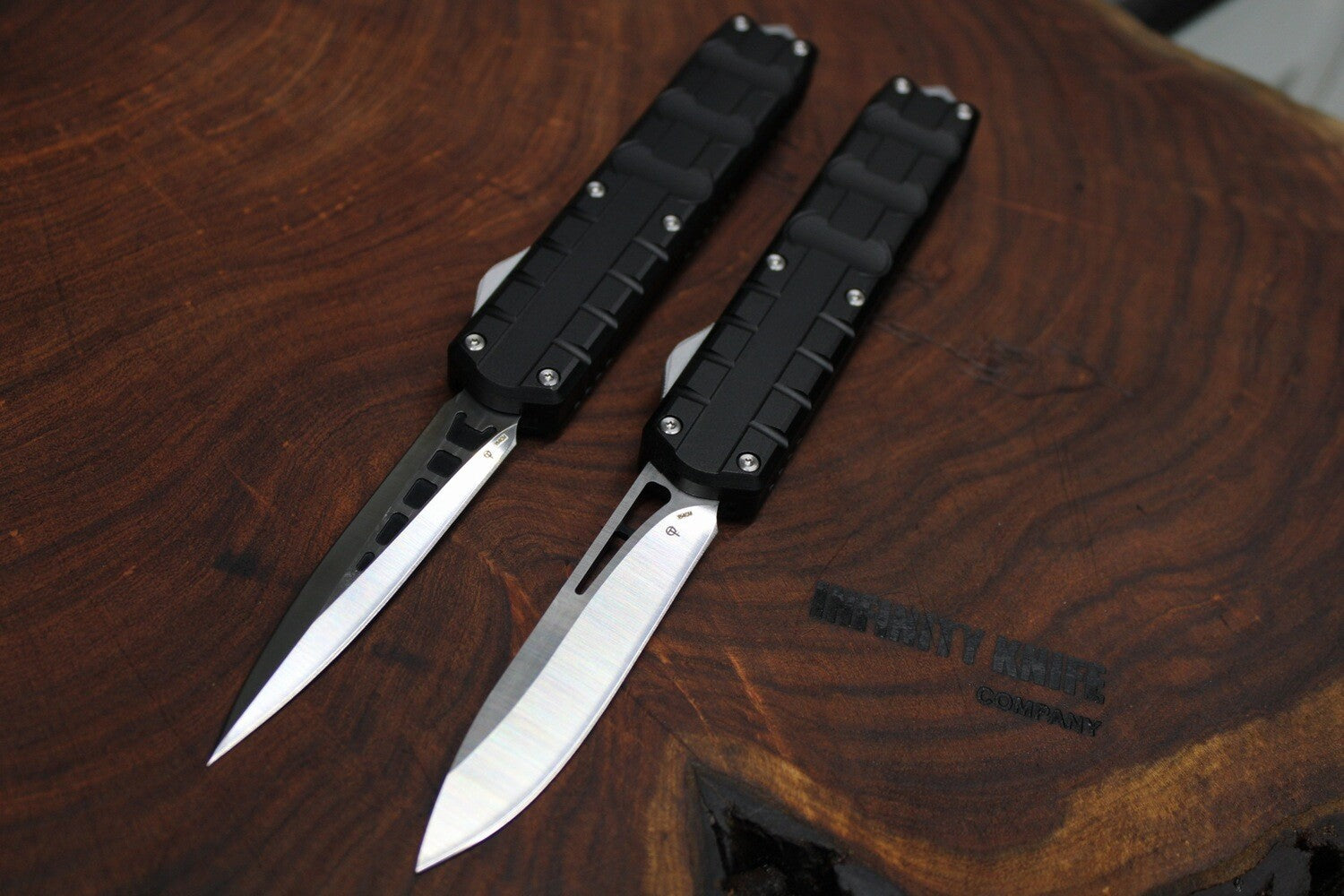 DESERT STORM
DESERT STORM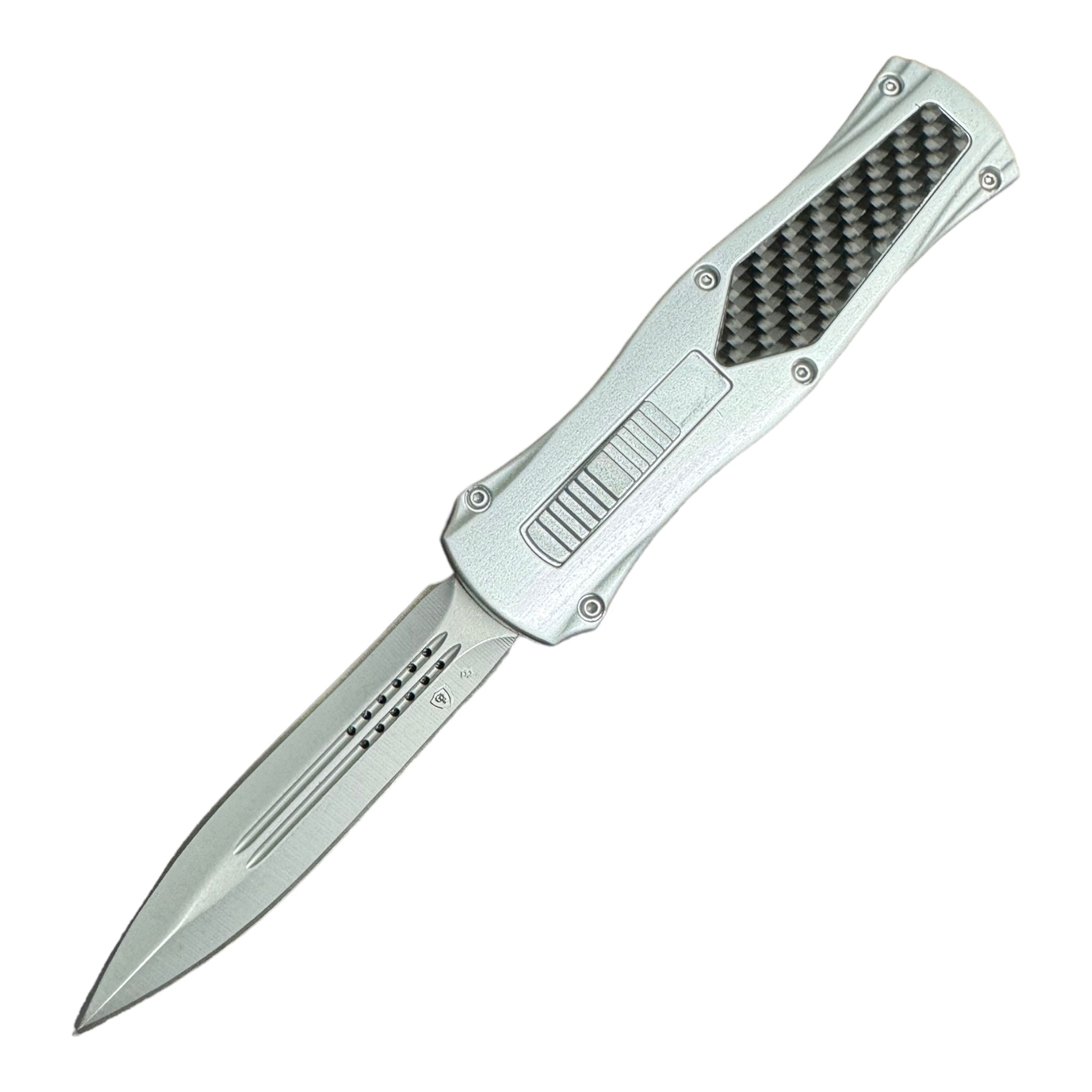 EXCALIBUR
EXCALIBUR First Responders
First Responders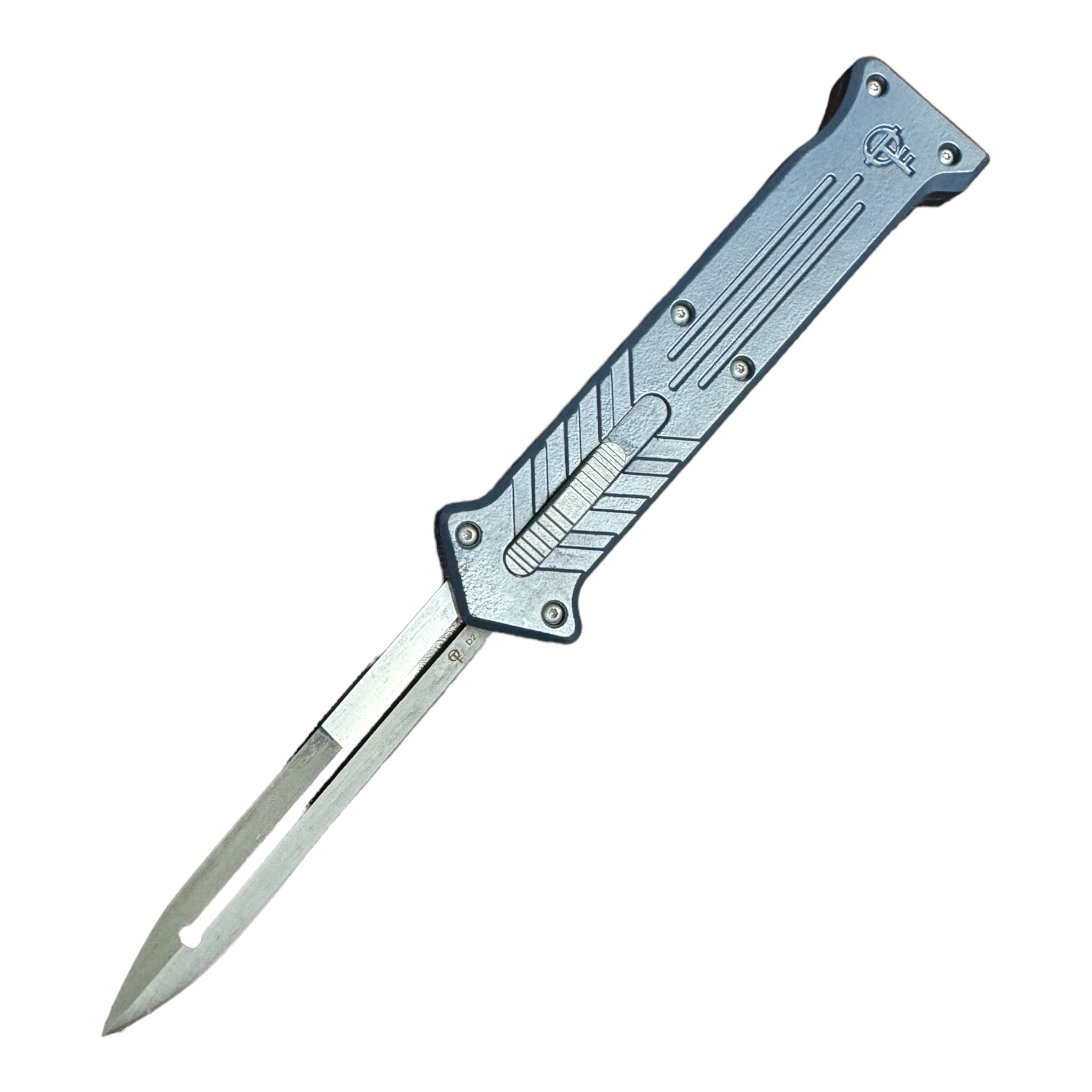 THE JOKER
THE JOKER CLASSIC
CLASSIC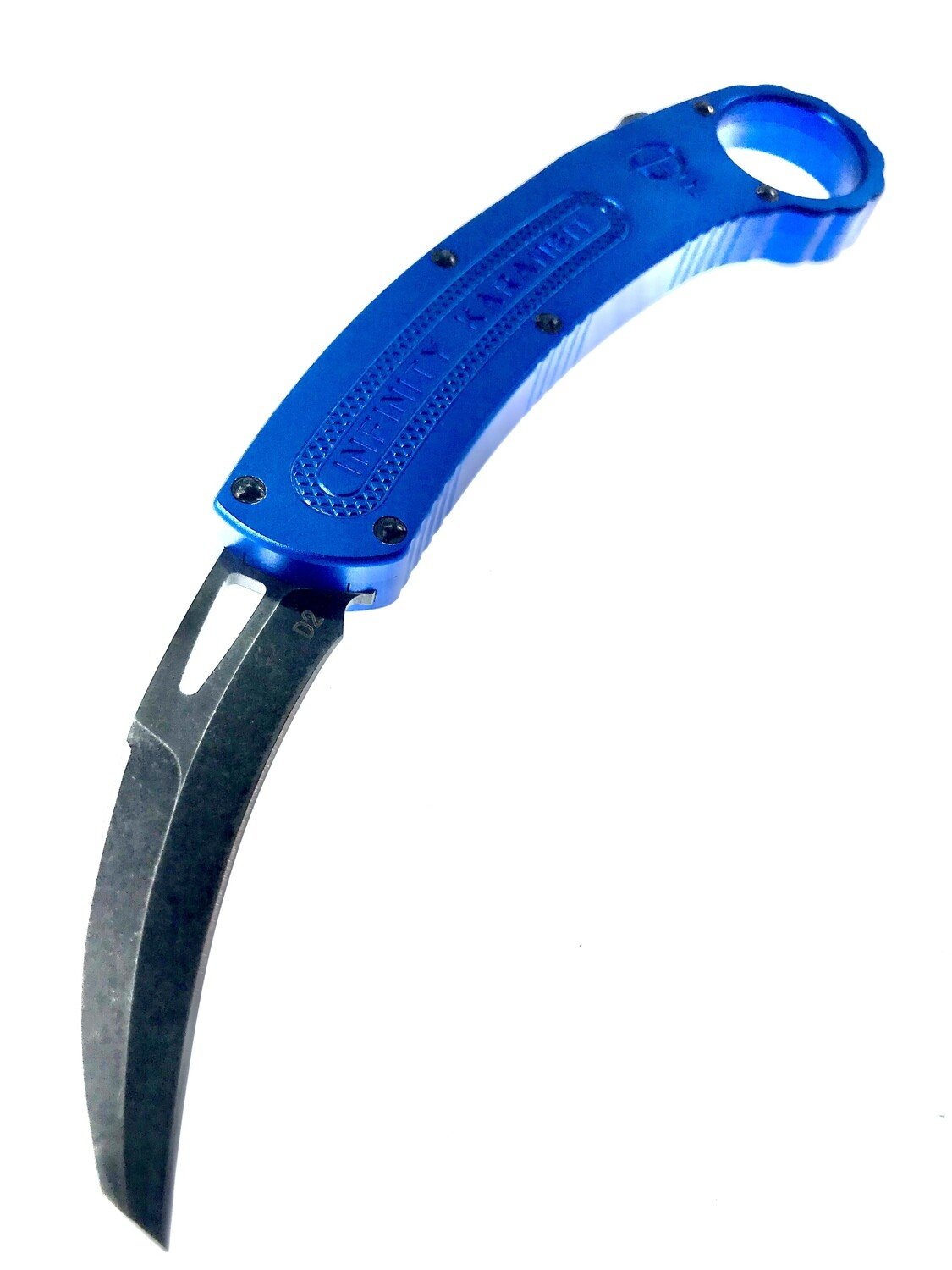 KARAMBIT
KARAMBIT HEXIGON
HEXIGON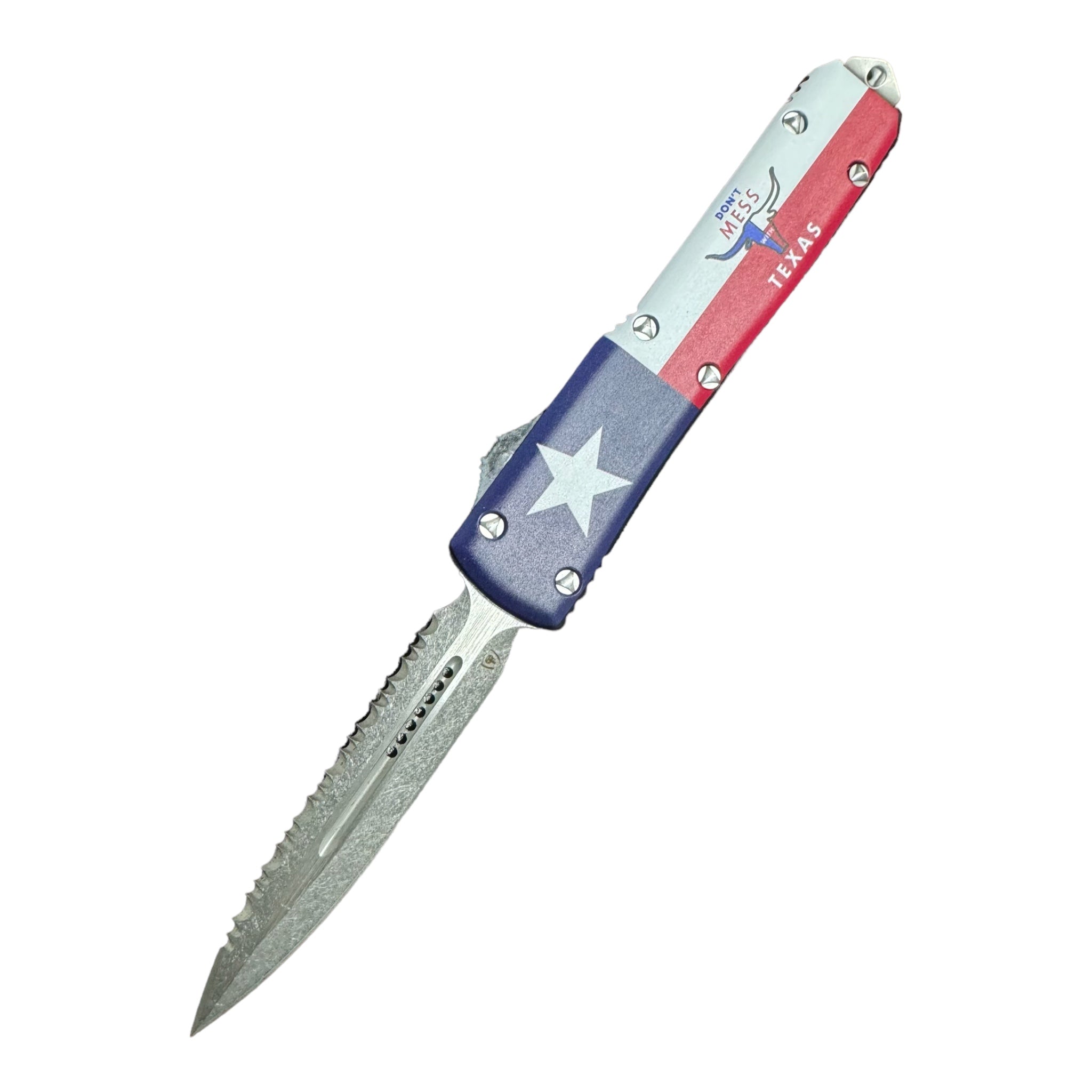 TEXAS COLLECTION
TEXAS COLLECTION STRYKER V2
STRYKER V2 STRYKER V1
STRYKER V1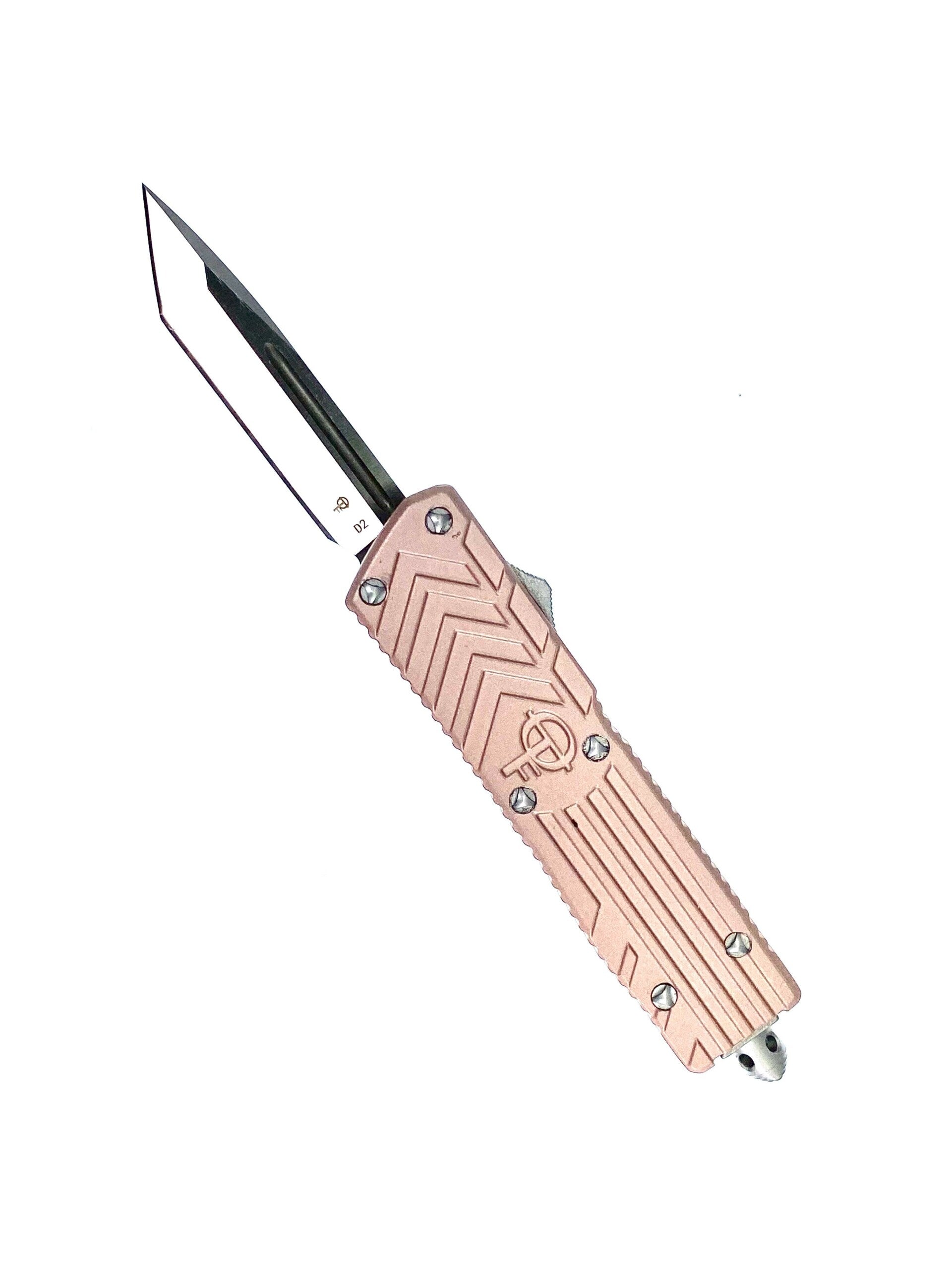 STRIKE FORCE GEN4
STRIKE FORCE GEN4 STRIKE FORCE GEN3
STRIKE FORCE GEN3 STINGERS
STINGERS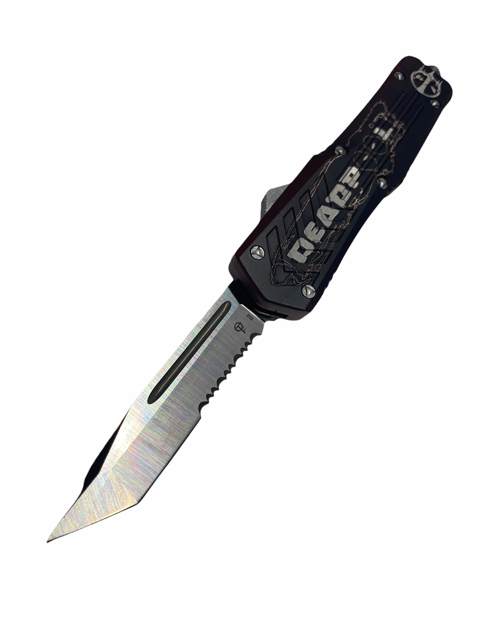 SPECIAL EDITIONS
SPECIAL EDITIONS SLIDEFIRE
SLIDEFIRE RANGERS
RANGERS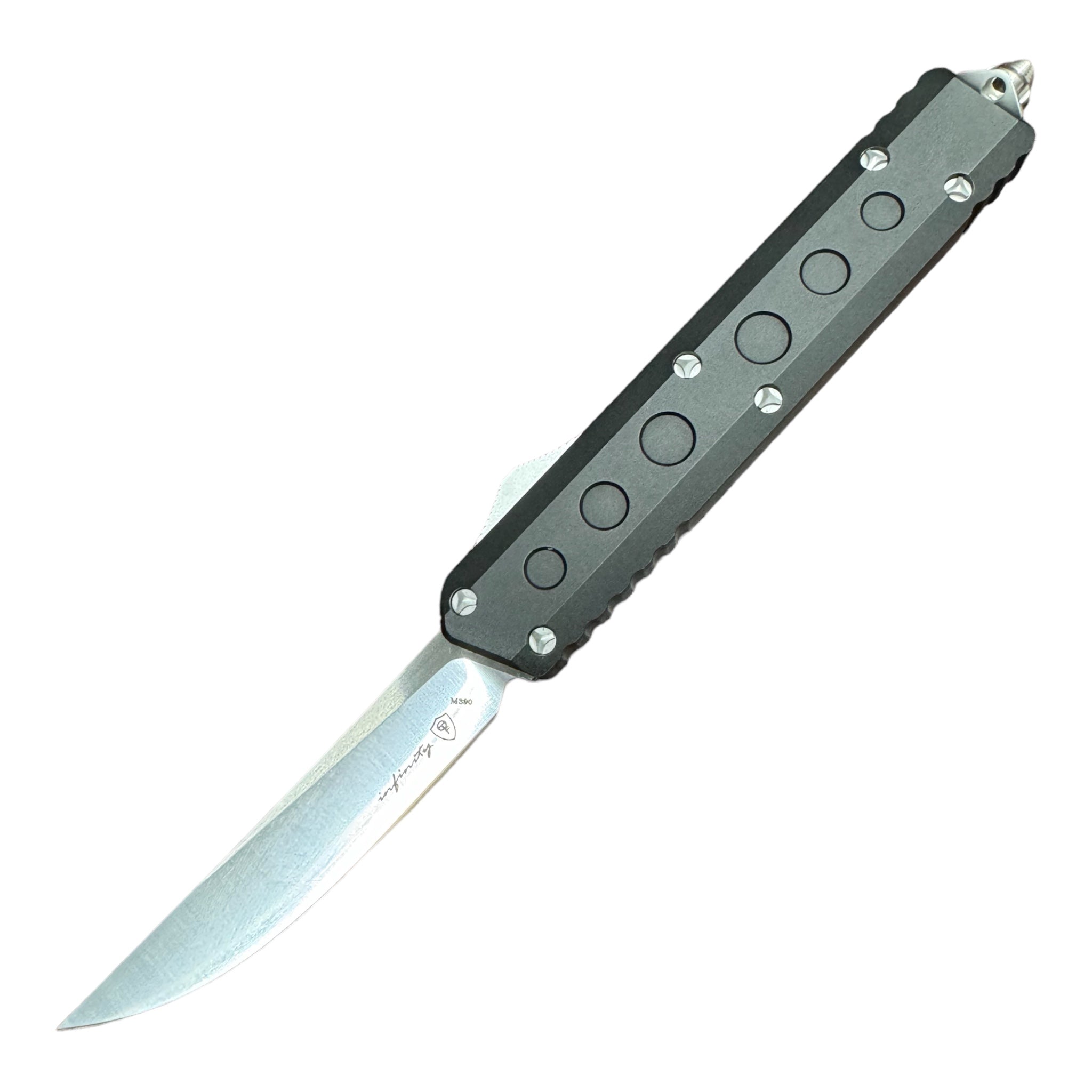 REAPER
REAPER MINI MICRO
MINI MICRO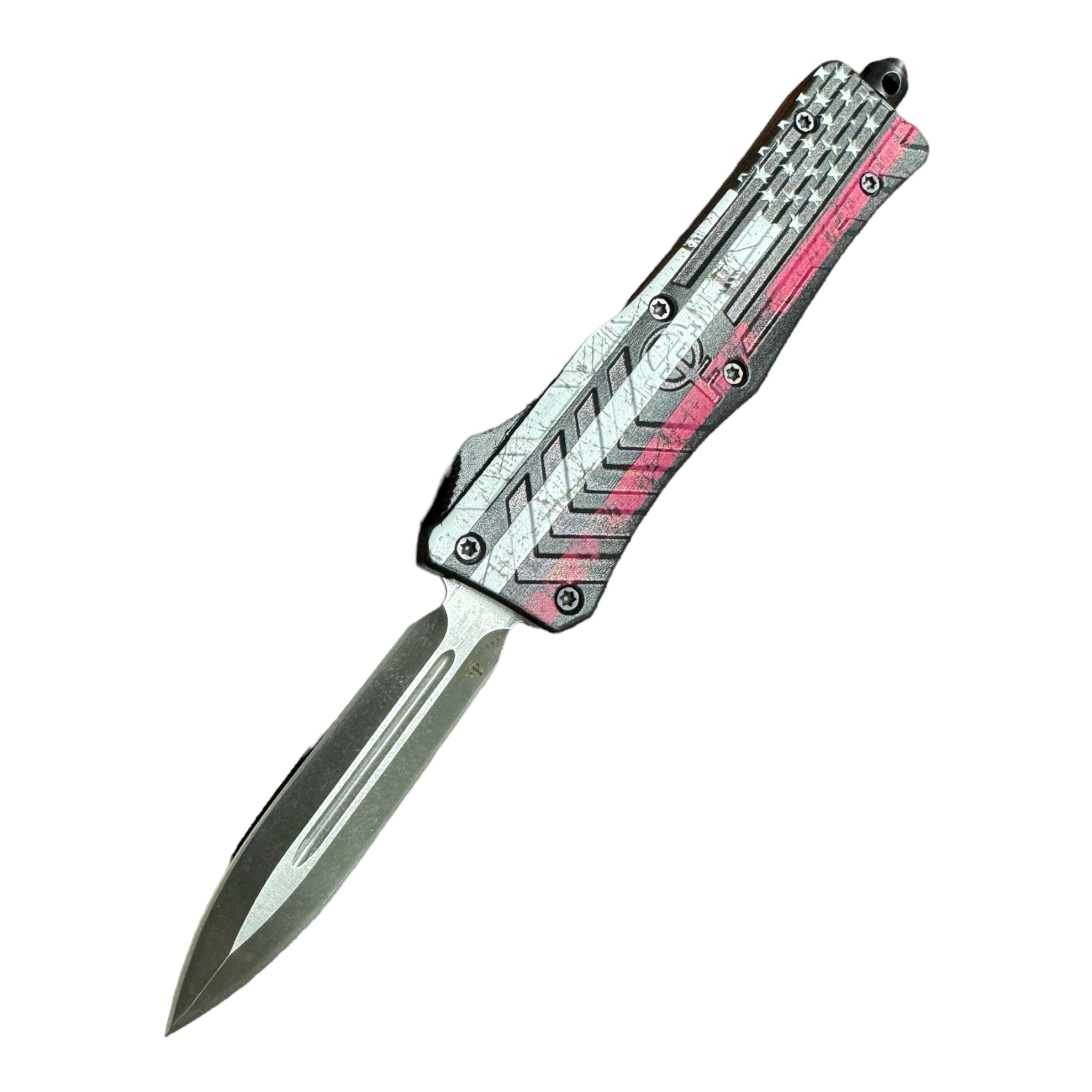 Redline | Blueline
Redline | Blueline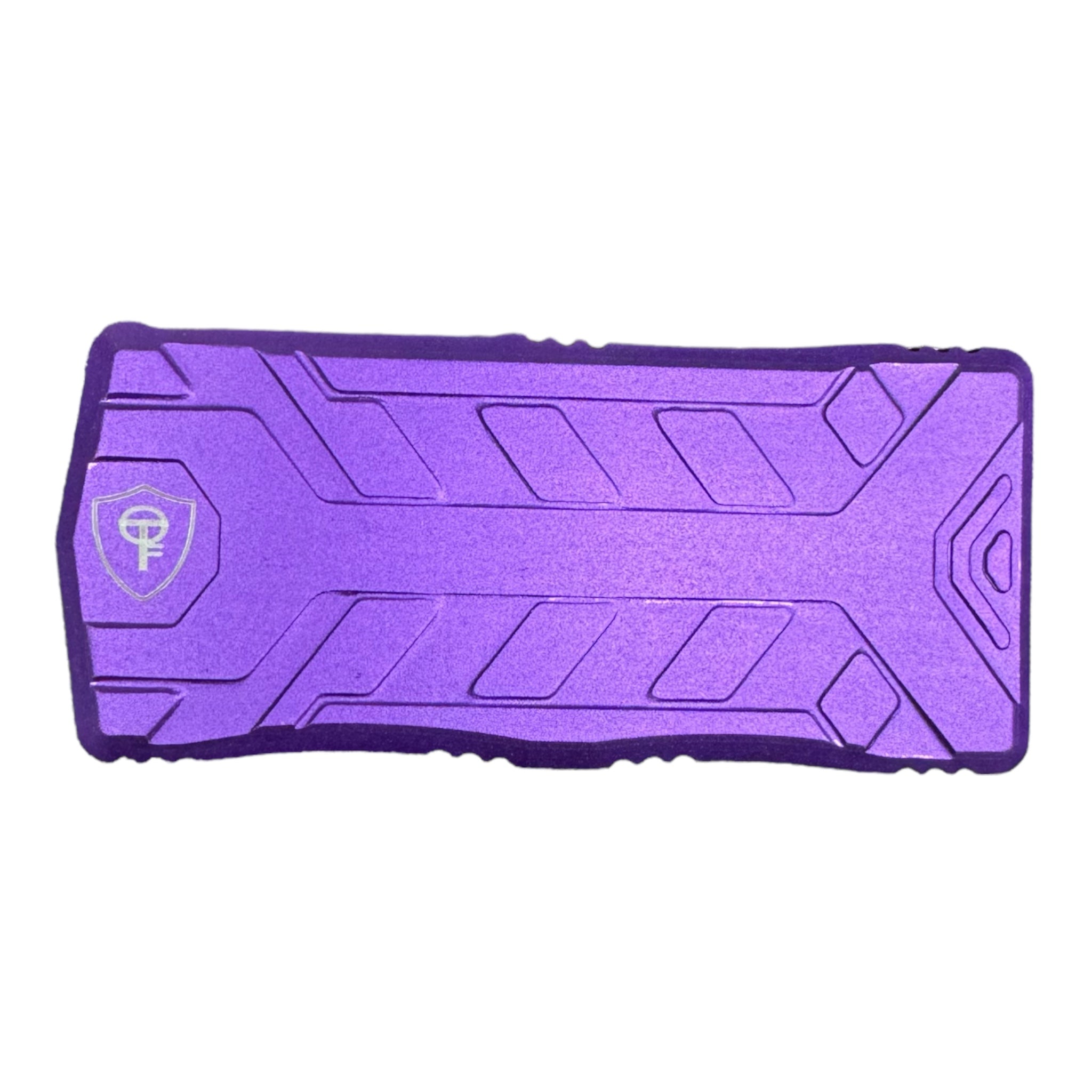 RAZOR
RAZOR PREDATOR
PREDATOR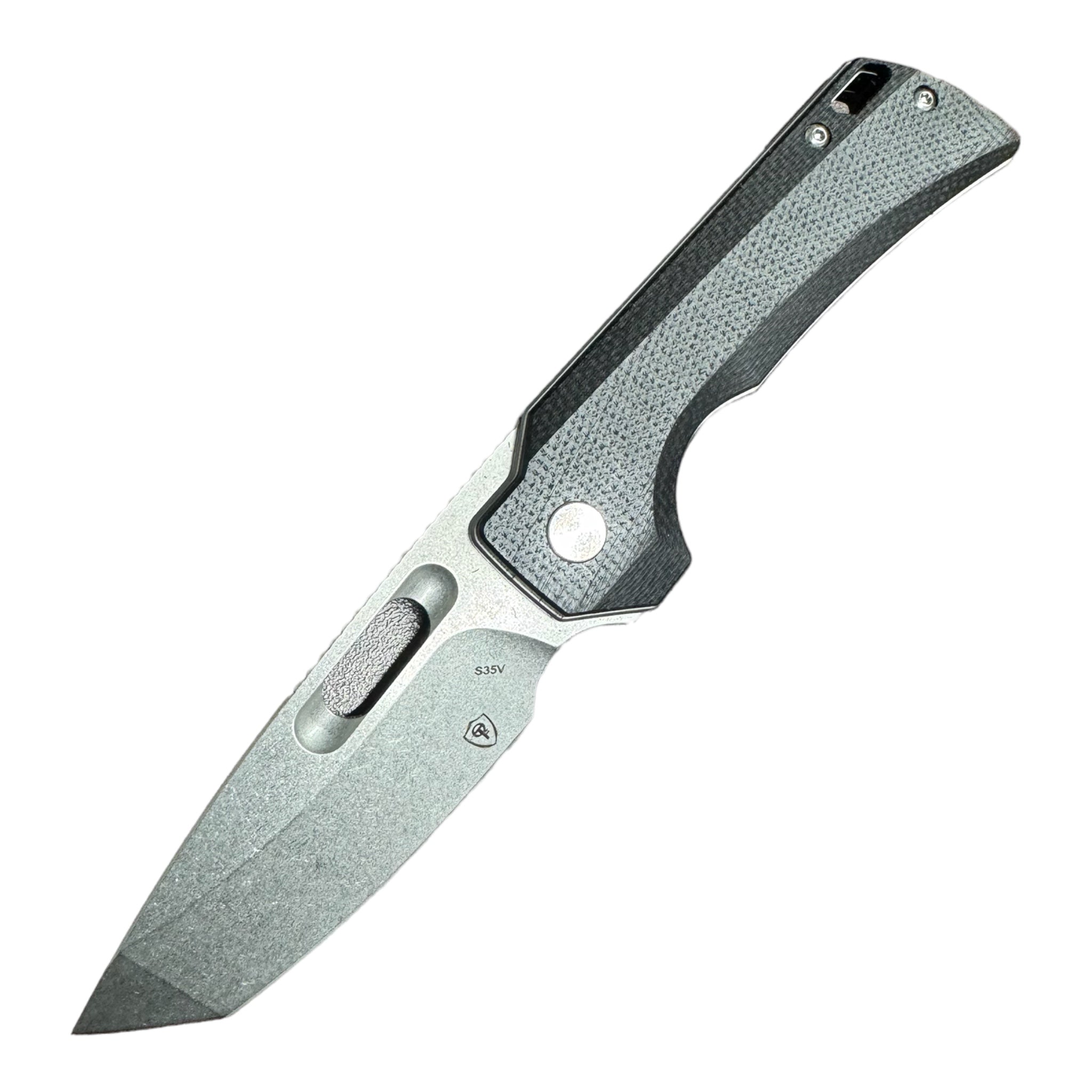 PREDATOR2
PREDATOR2 NOMADS
NOMADS NOMADICS
NOMADICS Mastodon
Mastodon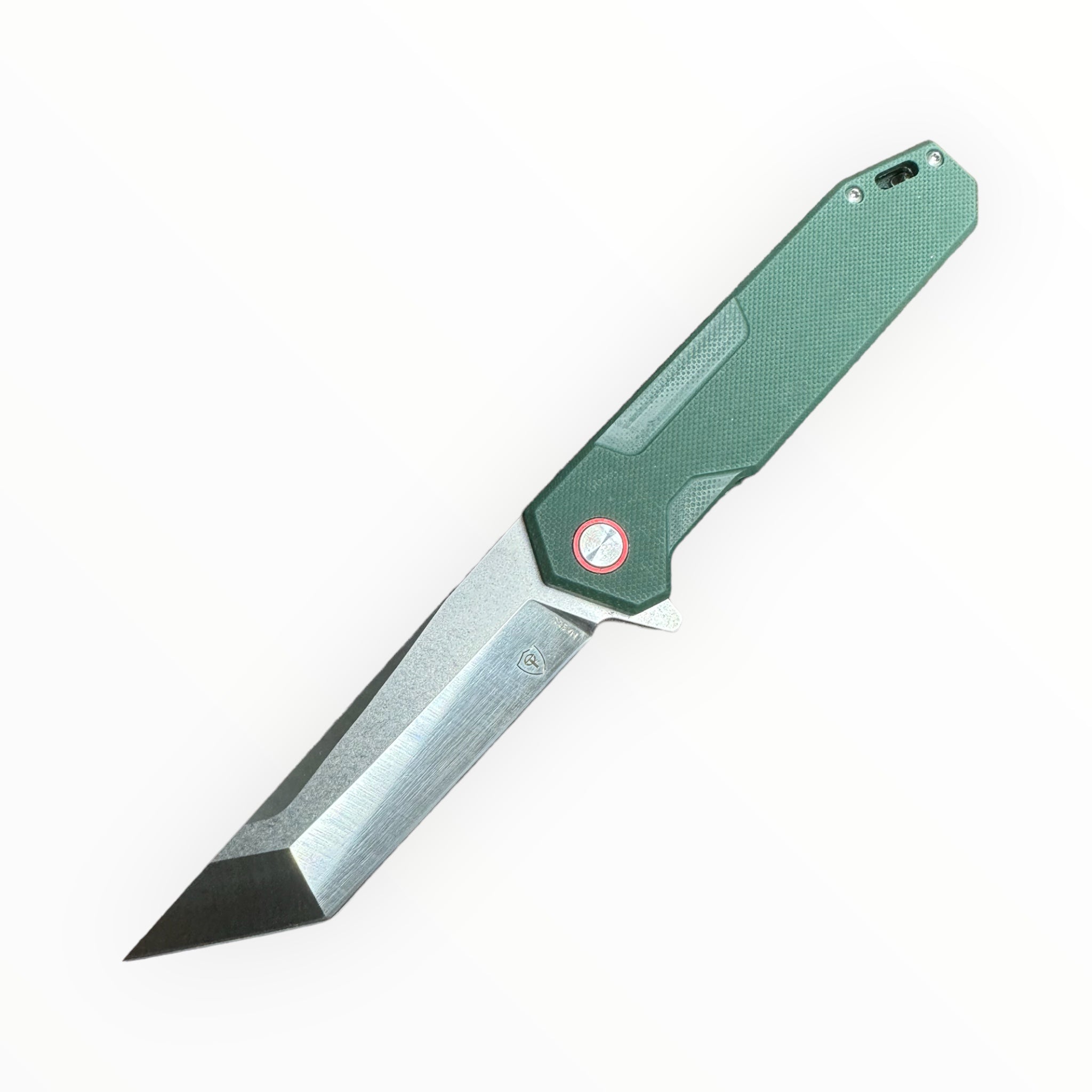 Terminator
Terminator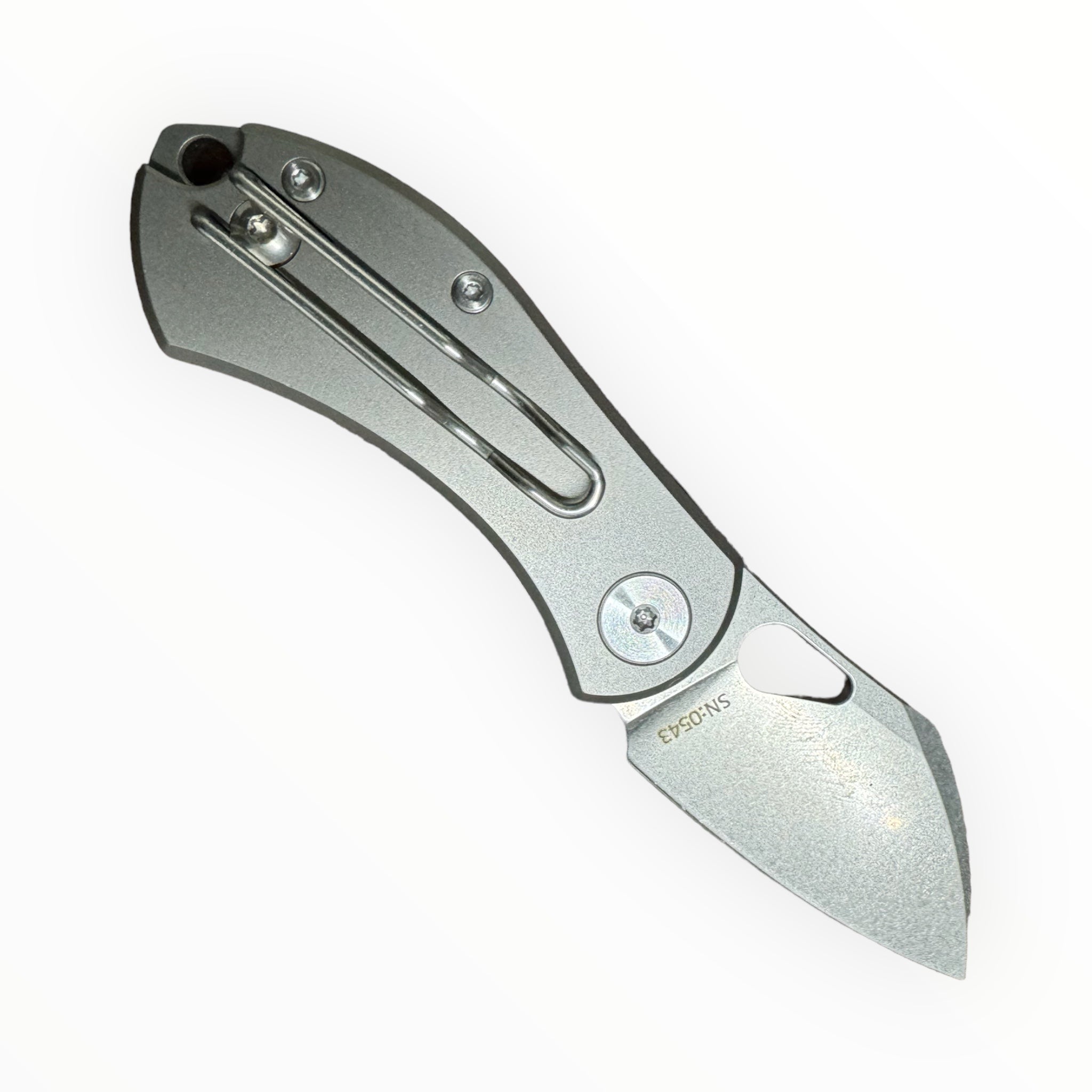 The MOUSE
The MOUSE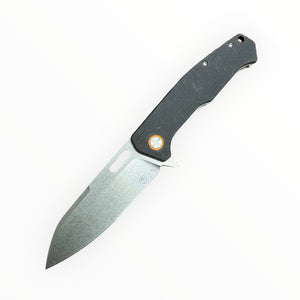 ORCA
ORCA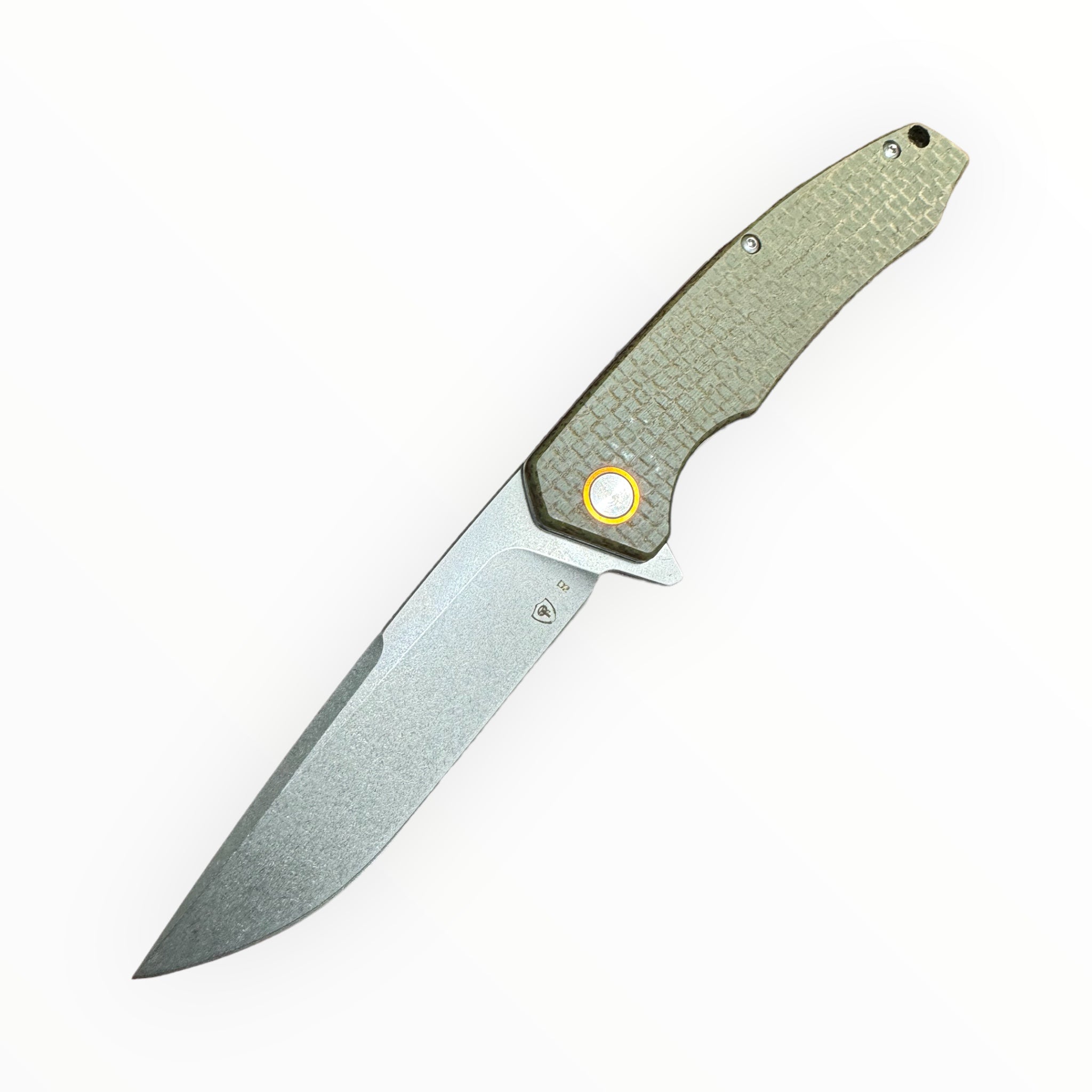 Eother
Eother Desert Shield
Desert Shield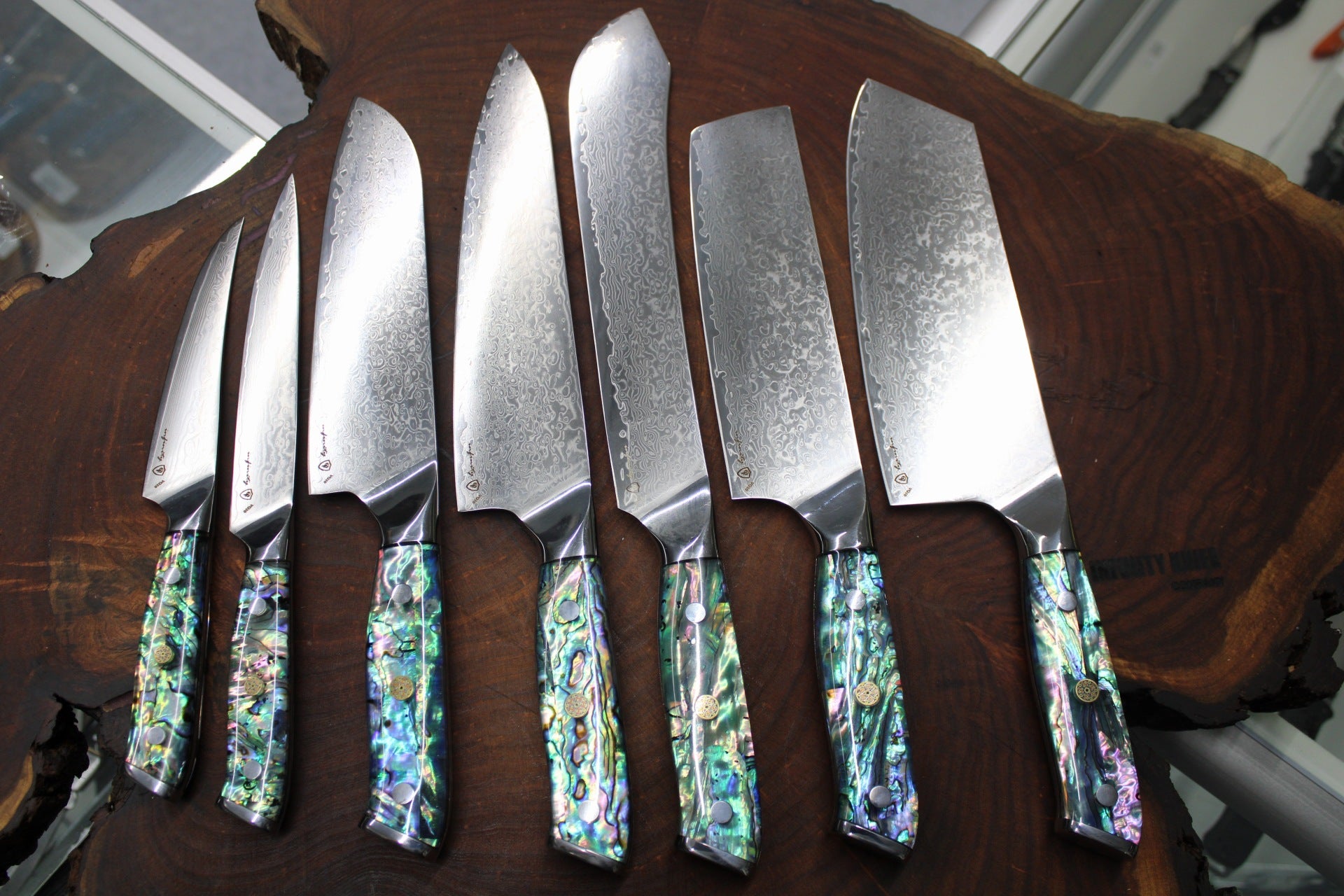 KITCHEN SETS
KITCHEN SETS CLEAVERS
CLEAVERS MINI CLEAVER
MINI CLEAVER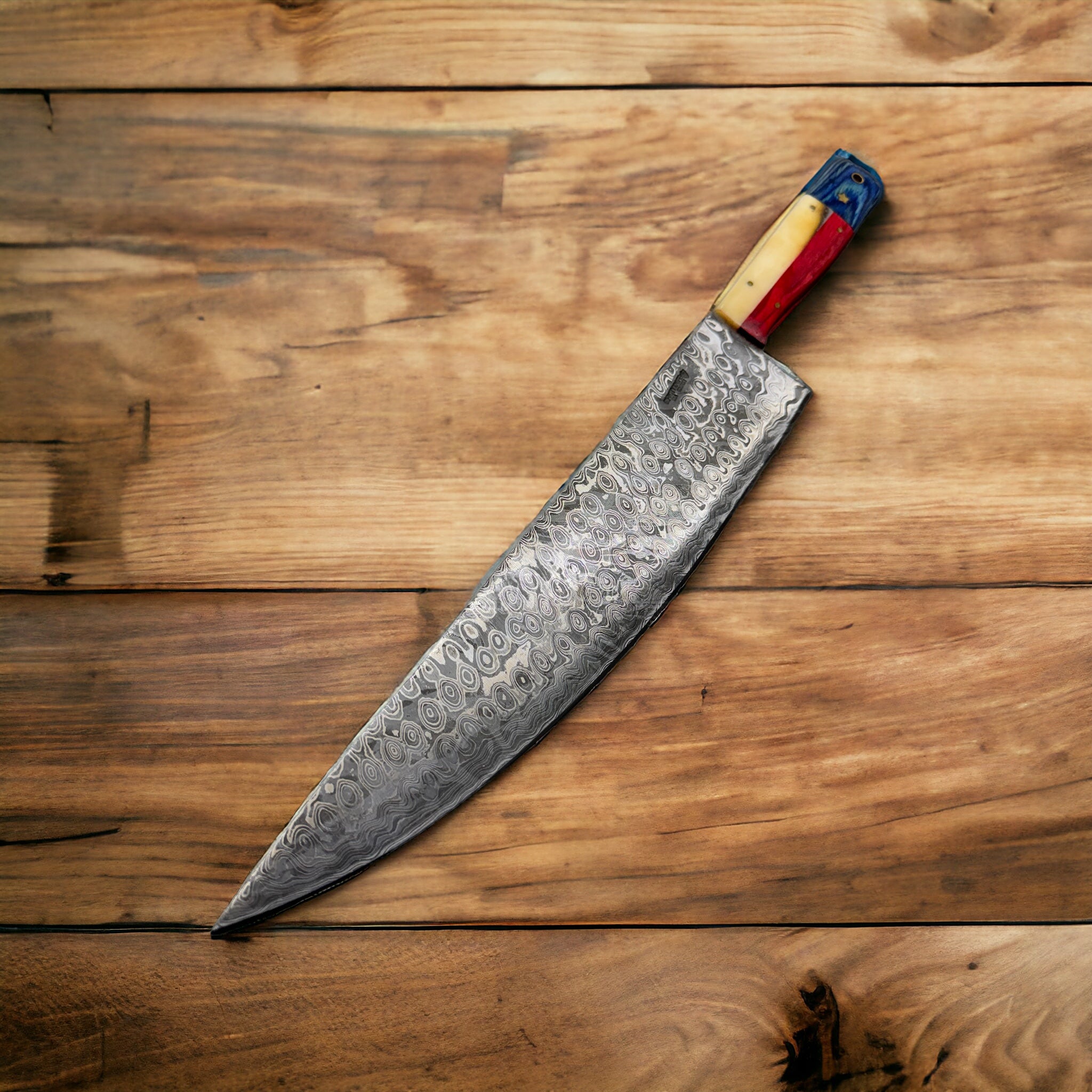 CHEF KNIFE
CHEF KNIFE FILLET KNIFE
FILLET KNIFE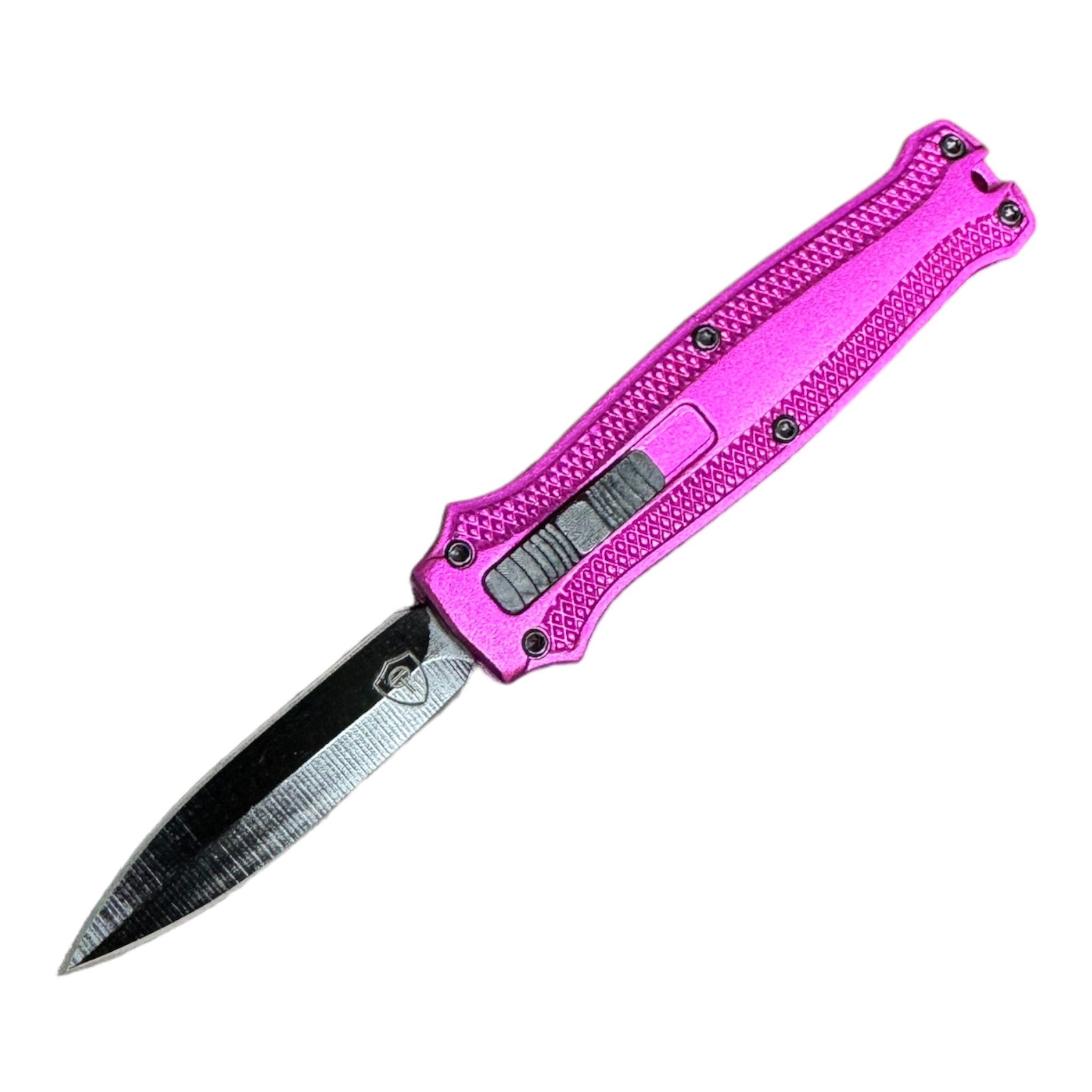 KNIVES UNDER $100
KNIVES UNDER $100 TEXAS CULINARY SET
TEXAS CULINARY SET TEXAS DAMASCUS
TEXAS DAMASCUS TEXAS D2
TEXAS D2 D2 FIXED BLADES
D2 FIXED BLADES DAMASCUS KNIVES
DAMASCUS KNIVES DAMASCUS ULU
DAMASCUS ULU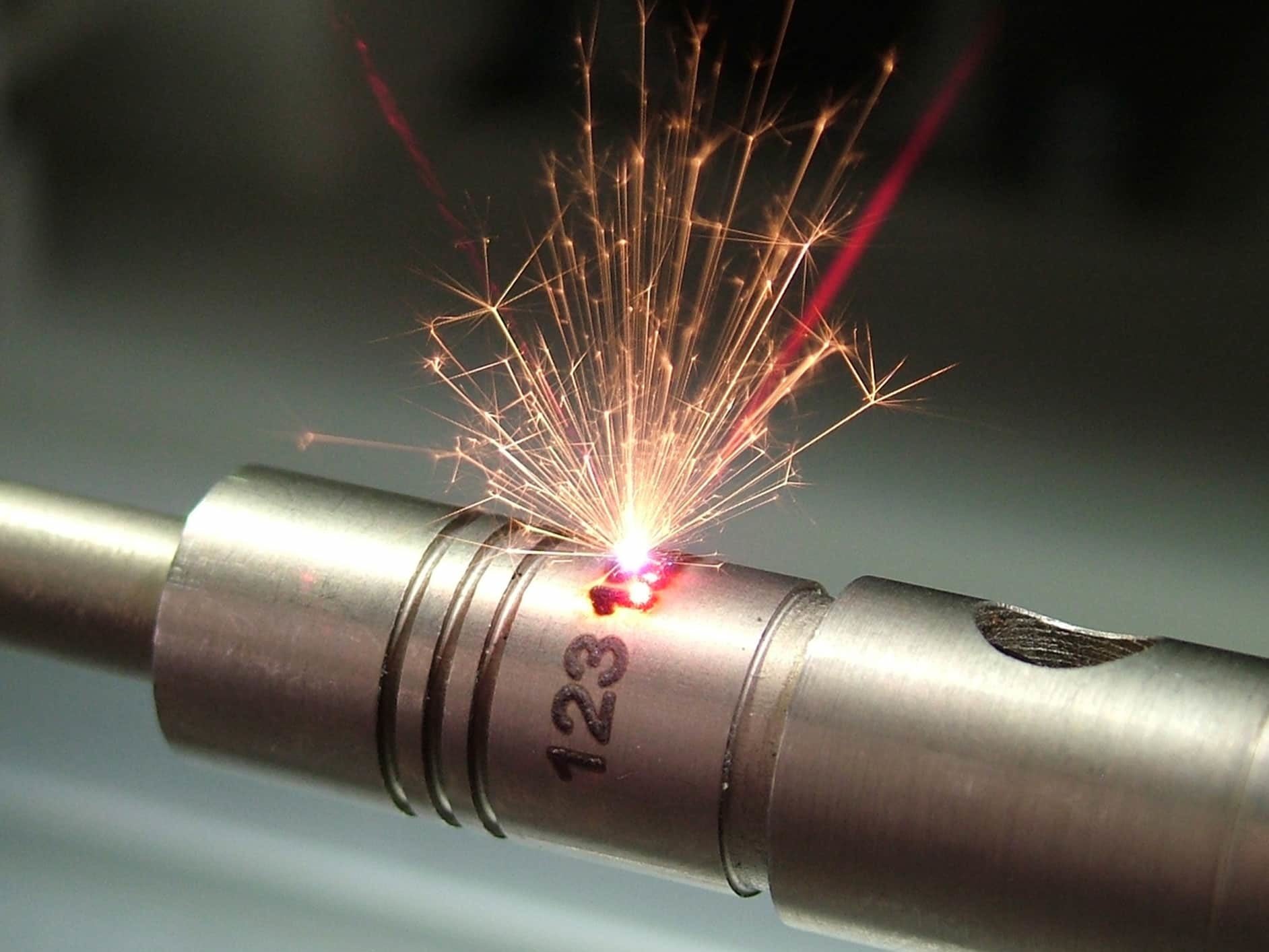 LASER ENGRAVING
LASER ENGRAVING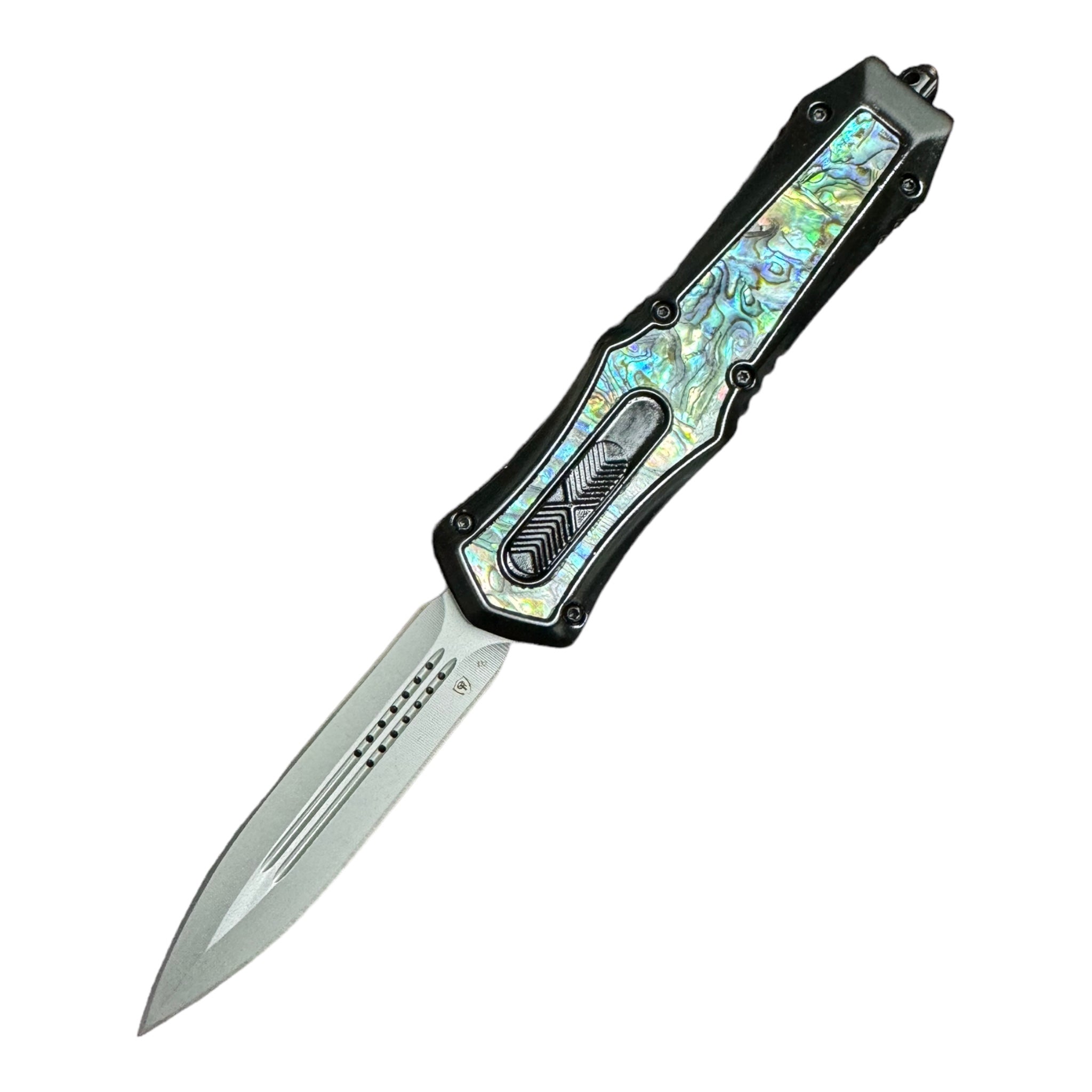 ALL TYPES KNIVES
ALL TYPES KNIVES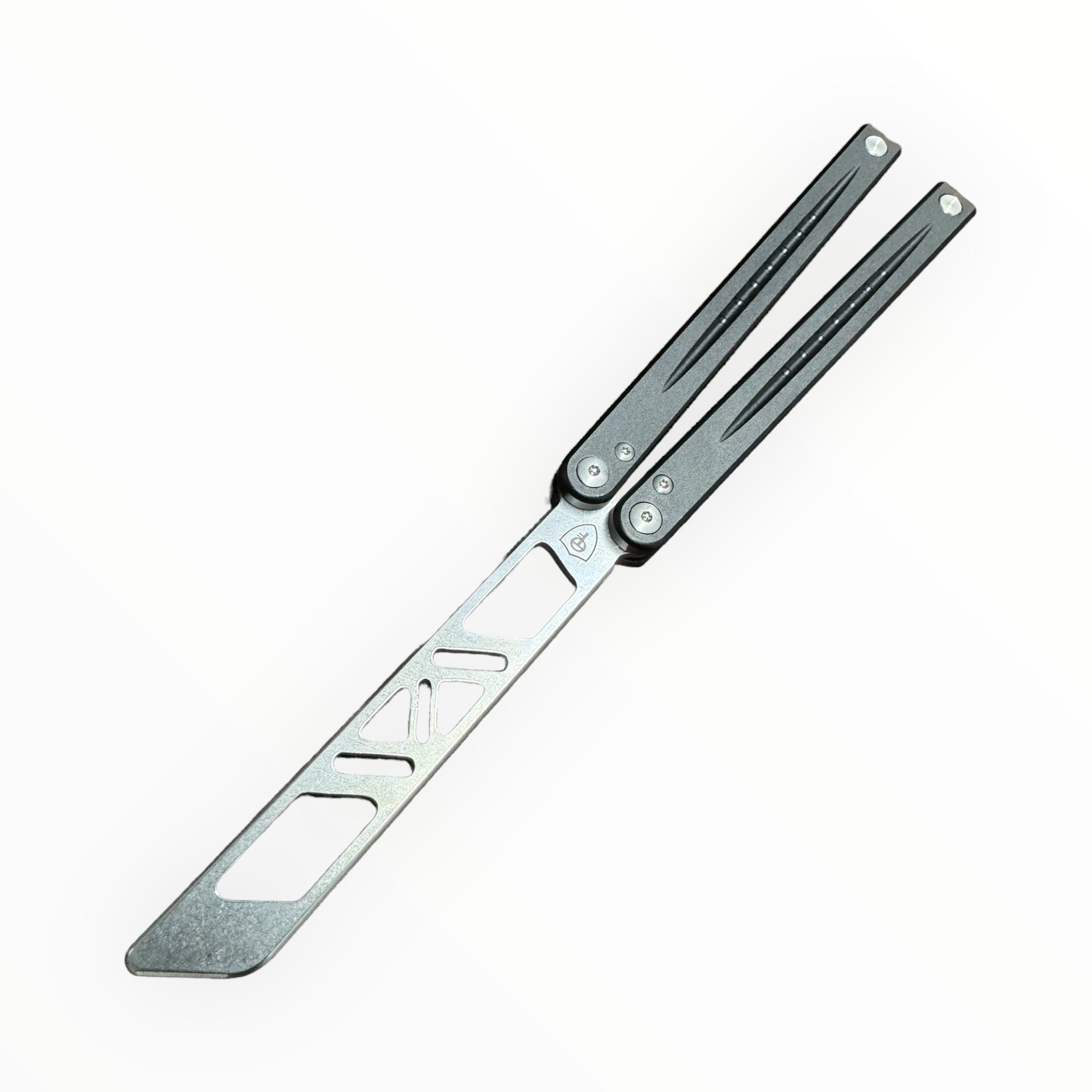 MONARCH BALISONG
MONARCH BALISONG BRISKET KNIFE D2
BRISKET KNIFE D2 DAMASCUS BRISKET KNIFE
DAMASCUS BRISKET KNIFE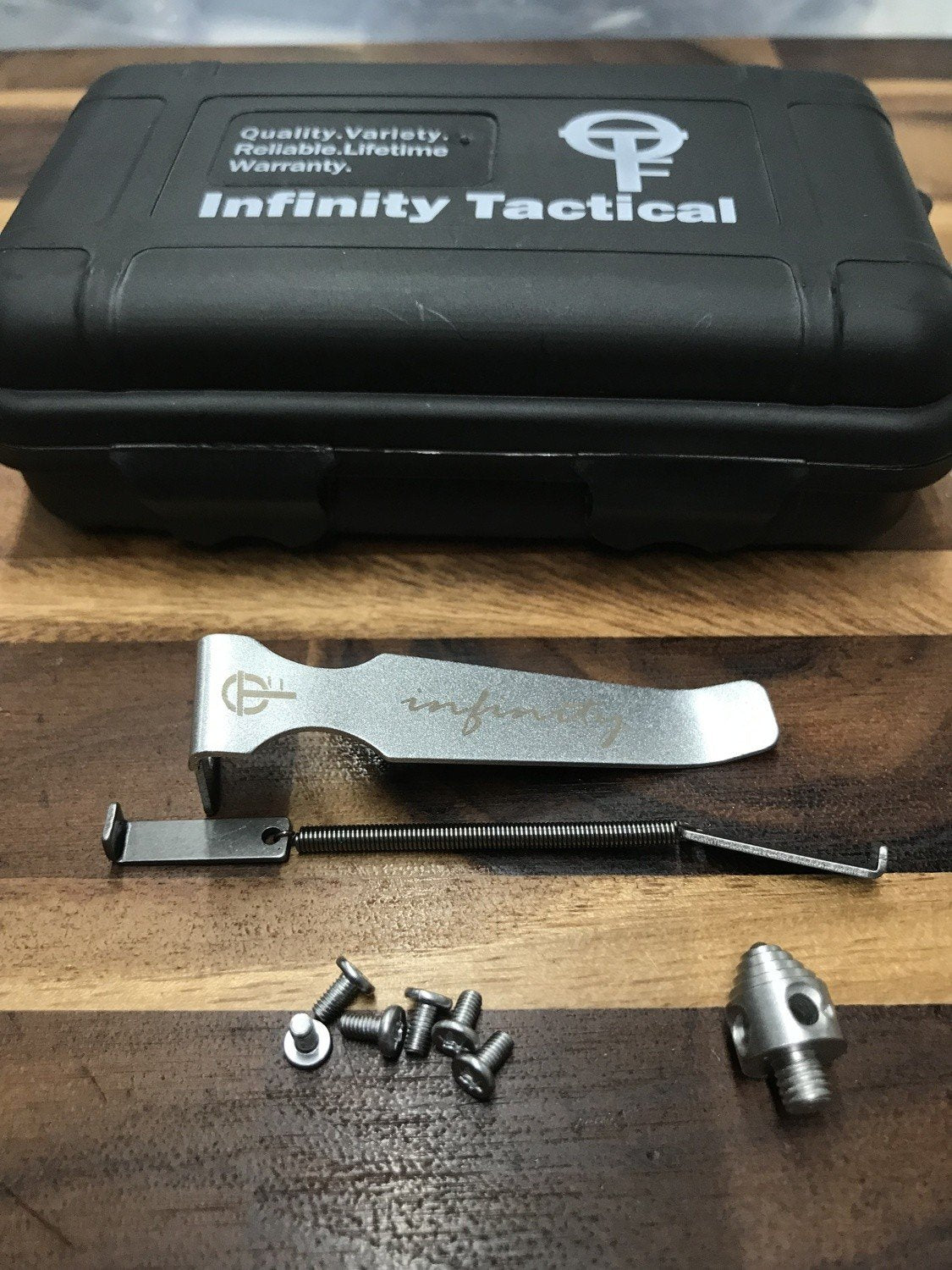 REPLACEMENT PARTS
REPLACEMENT PARTS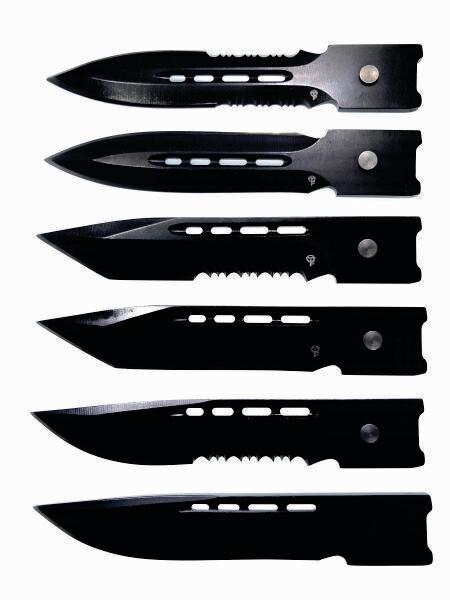 REPLACEMENT BLADES
REPLACEMENT BLADES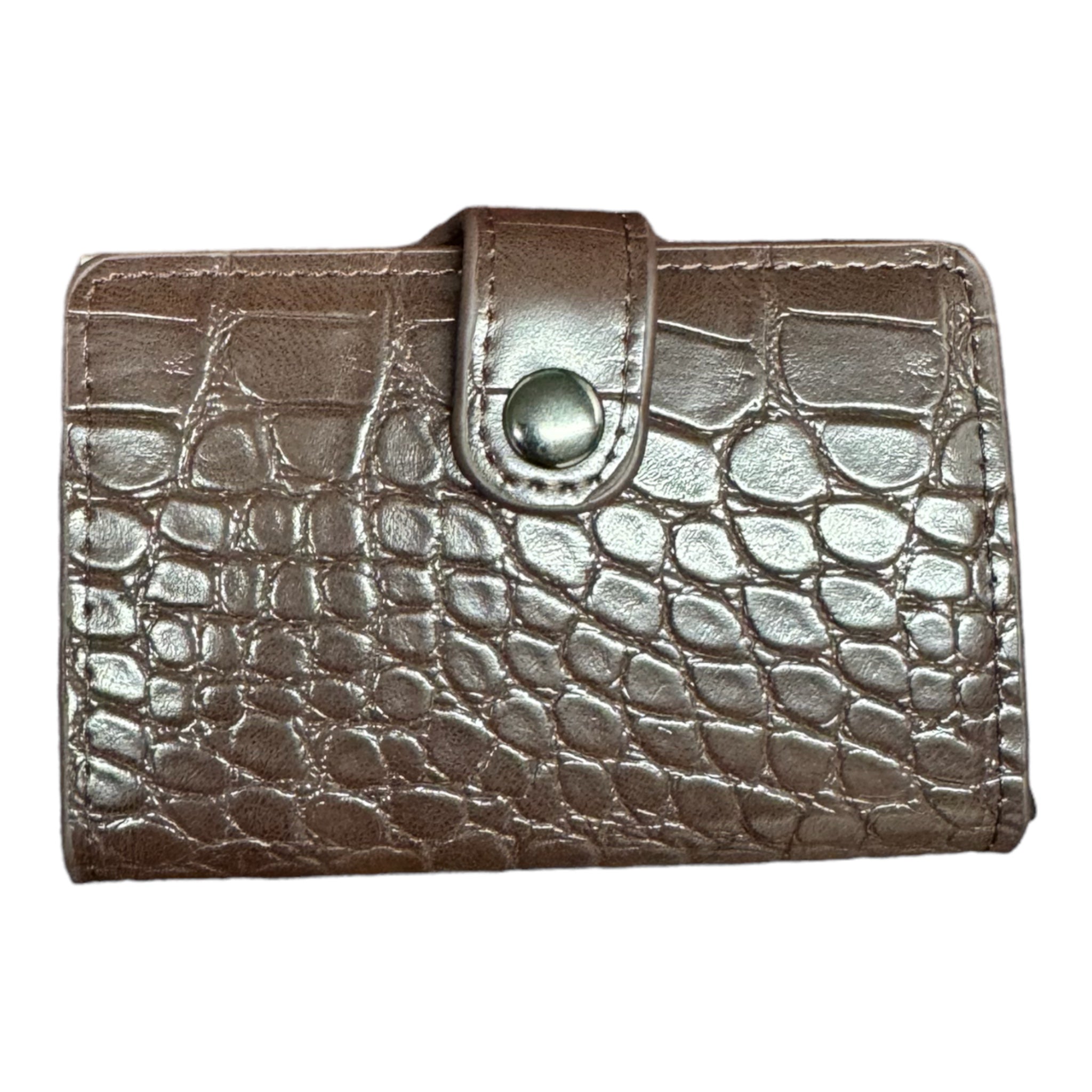 R.F.I.D. WALLET CARRIER
R.F.I.D. WALLET CARRIER RFID LEATHER WALLETS
RFID LEATHER WALLETS GATOR RFID WALLETS
GATOR RFID WALLETS